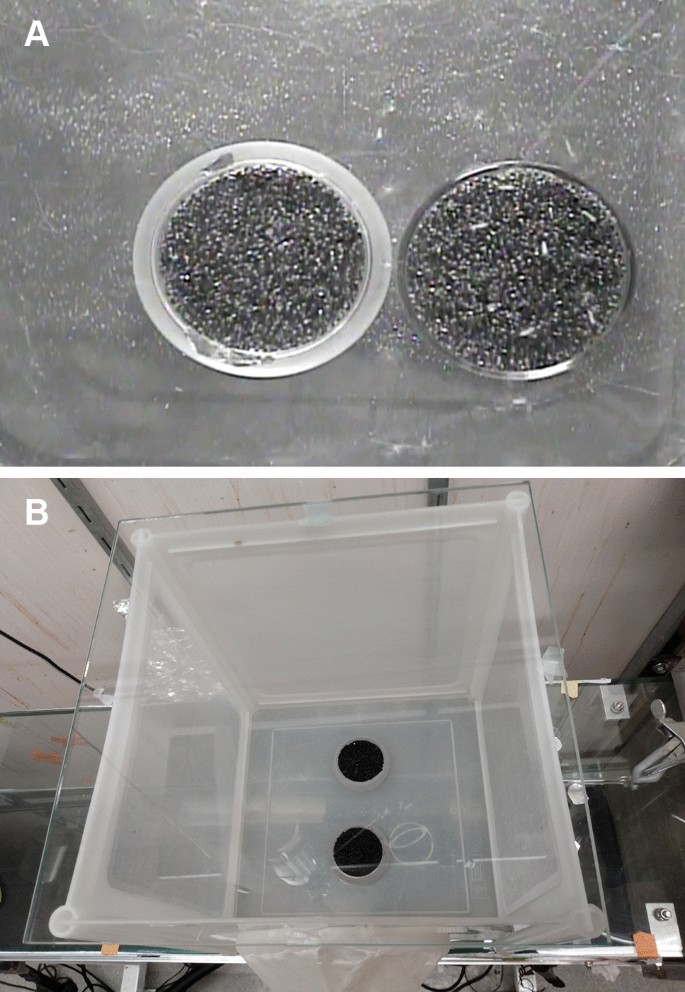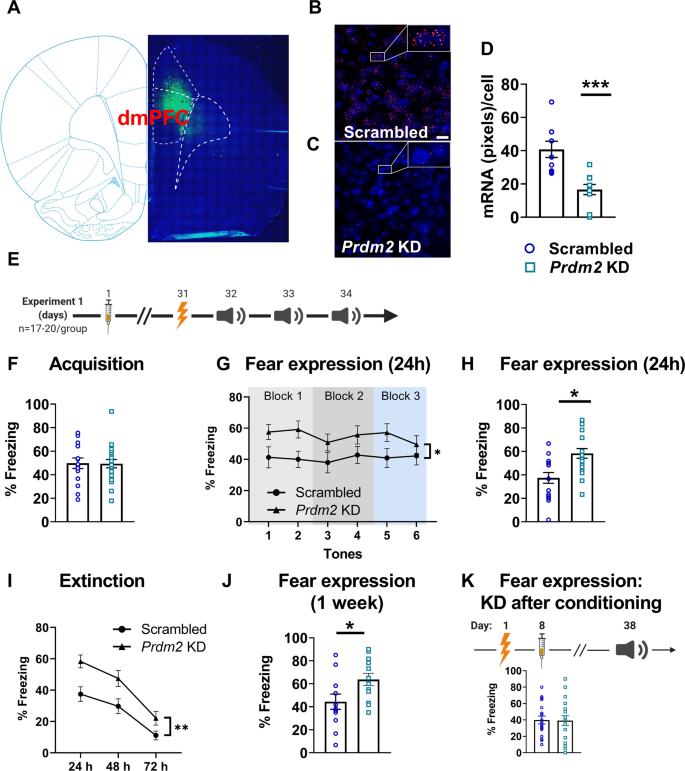匂いは、素早く噛み付く疾患ベクターのGPSとして機能する Scent serves as GPS for quick-to-bite disease vectors
2022-09-21 カリフォルニア大学リバーサイド校(UCR)
この混合化学物質は、ジカ熱やチクングニア、デング熱、黄熱病などのウイルスを媒介するヒトスジシマカ(Aedes aegypti)の雌を特に引きつけるようだ。
<関連情報>
- https://news.ucr.edu/articles/2022/09/21/chemical-cocktail-skin-summons-disease-spreading-mosquitoes
- https://www.nature.com/articles/s41598-022-19254-w
ヒト臭由来の化合物が黄熱病蚊の雌に誘引・着床を誘発すること Compounds from human odor induce attraction and landing in female yellow fever mosquitoes (Aedes aegypti)
Jan E. Bello & Ring T. Cardé
Scientific Reports Published:21 September 2022
DOI:https://doi.org/10.1038/s41598-022-19254-w

Abstract
The female Aedes aegypti mosquito is a vector of many human diseases such as yellow fever, dengue, and Zika. Transmission of these viruses occurs when an infected female mosquito locates a suitable human host, alights, and blood feeds. Aedes aegypti use human-emitted odors, as well as heat and visual cues, for host location. However, none of the previously identified human-produced compounds induce significant orientation and landing on a human host. Here we show that female yellow fever mosquitoes orient to and land on a mixture of compounds identified from human skin rubbings. Using odor collection, extraction, a two-choice, bioassay-guided fractionation, and chemical analysis, we identified mixtures of 2-ketoglutaric acid and L-lactic acid as landing attractants for female Ae. aegypti. The mixture of pyruvic acid and L-lactic acid were also found to be weakly attractive. Using ratio-response assays, we found that the attraction and alighting behaviors of the mosquitoes were directly related to the ratio of these compounds presented on the surface of the glass assay beads, suggesting that these compounds could mediate landing on a human host even at sub-nanogram dosages. The newly identified compounds fill a gap in our knowledge of odor-mediated attraction of Ae. aegypti and may lead to the development of new attractant-based mosquito control tactics.


